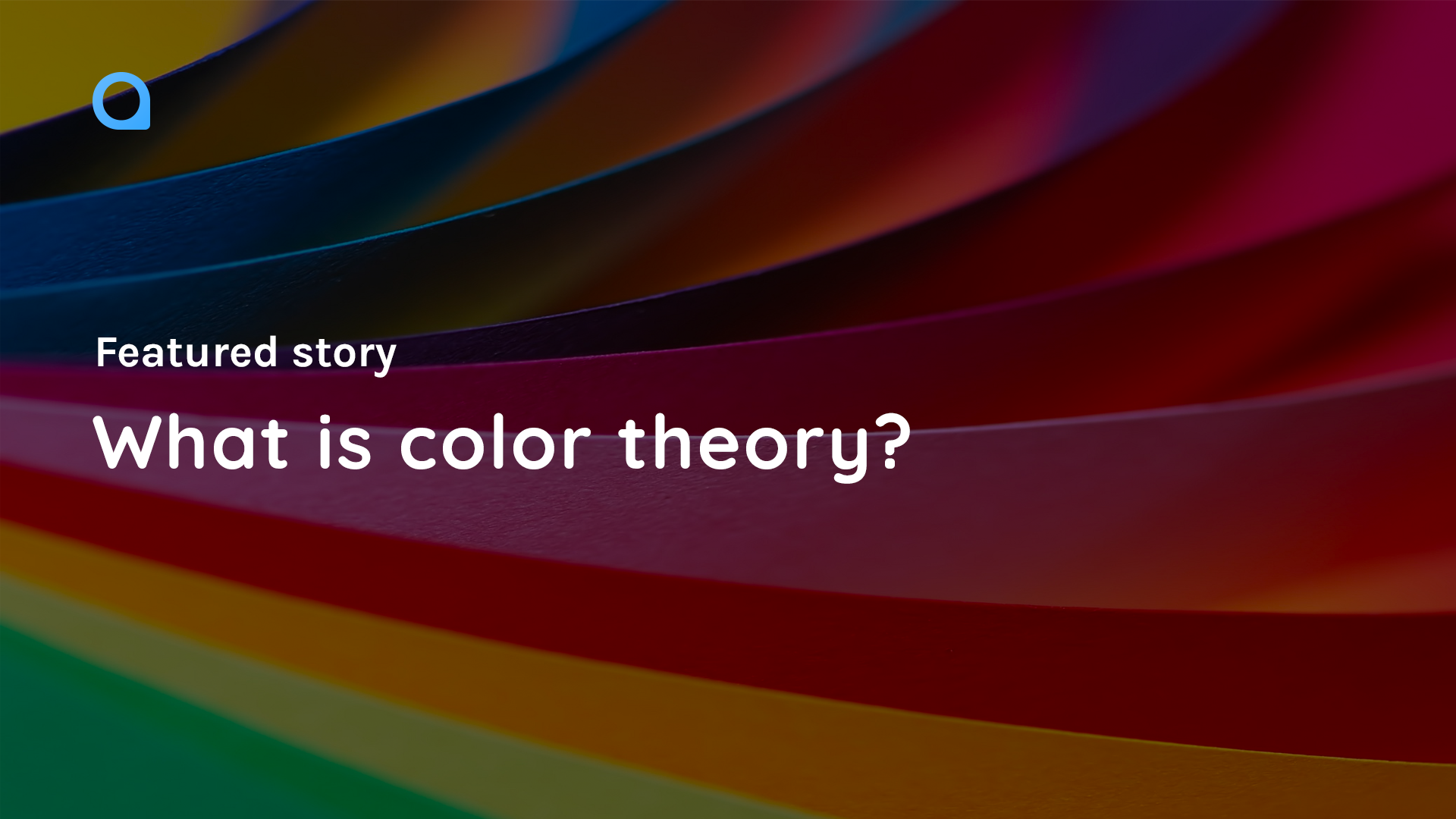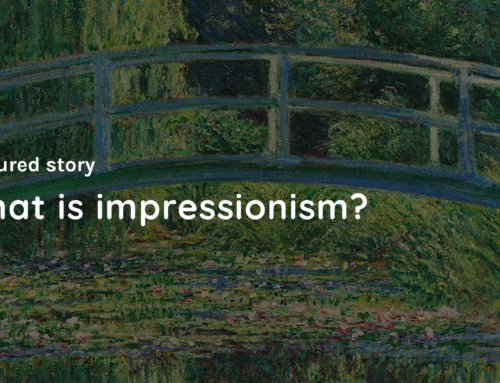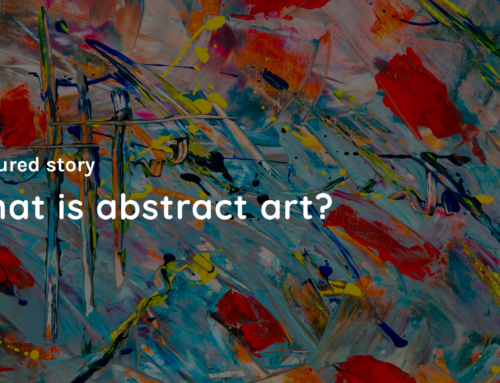Introduction
Color theory is the study of colors and their relationships with each other. It is a vast topic that has applications in many fields, including art, design, and marketing. Understanding color theory is essential for creating visually appealing designs and communicating effectively with color. In this blog post, we will explore the basics of color theory and some of its applications.
The Color Wheel
The color wheel is the foundation of color theory. It is a visual representation of the primary, secondary, and tertiary colors. The primary colors are red, yellow, and blue. These colors cannot be created by mixing any other colors. The secondary colors are green, orange, and purple. These colors are created by mixing two primary colors. Lastly, the tertiary colors are created by mixing a primary and a secondary color.
Color Harmony
Color harmony is the concept of combining colors in a way that is visually pleasing. There are several ways to achieve color harmony, including complementary, analogous, and monochromatic color schemes.
Complementary Colors
Complementary colors are colors that are opposite each other on the color wheel. When complementary colors are used together, they create a high contrast and vibrant effect. Examples of complementary colors include red and green, blue and orange, and yellow and purple.
Analogous Colors
Analogous colors are colors that are next to each other on the color wheel. These colors create a harmonious and calming effect when used together. Examples of analogous colors include red, orange, and yellow, or blue, green, and yellow.
Monochromatic Colors
Monochromatic colors are variations of a single color. These colors create a simple and elegant effect when used together. Examples of monochromatic colors include different shades of blue or different shades of green.
Color Psychology
Colors can have a significant impact on our emotions and behavior. Color psychology is the study of how colors affect human behavior and emotions. Here are some examples of how colors can affect us:

- Red is associated with energy, passion, and excitement. It can also evoke feelings of danger and aggression.
- Blue is associated with calmness, trust, and security. It can also evoke feelings of sadness and coldness.
- Yellow is associated with happiness, warmth, and optimism. It can also evoke feelings of caution and anxiety.
- Green is associated with nature, growth, and balance. It can also evoke feelings of envy and greed.
- Purple is associated with luxury, creativity, and spirituality. It can also evoke feelings of mystery and sadness.
- Orange is associated with enthusiasm, warmth, and excitement. It can also evoke feelings of frustration and immaturity.
Conclusion
Color theory is an essential concept to understand for anyone working with colors. By understanding the color wheel, color harmony, and color psychology, you can create visually appealing designs that effectively communicate your message. Whether you are an artist, designer, or marketer, color theory is a powerful tool to add to your skill set.







